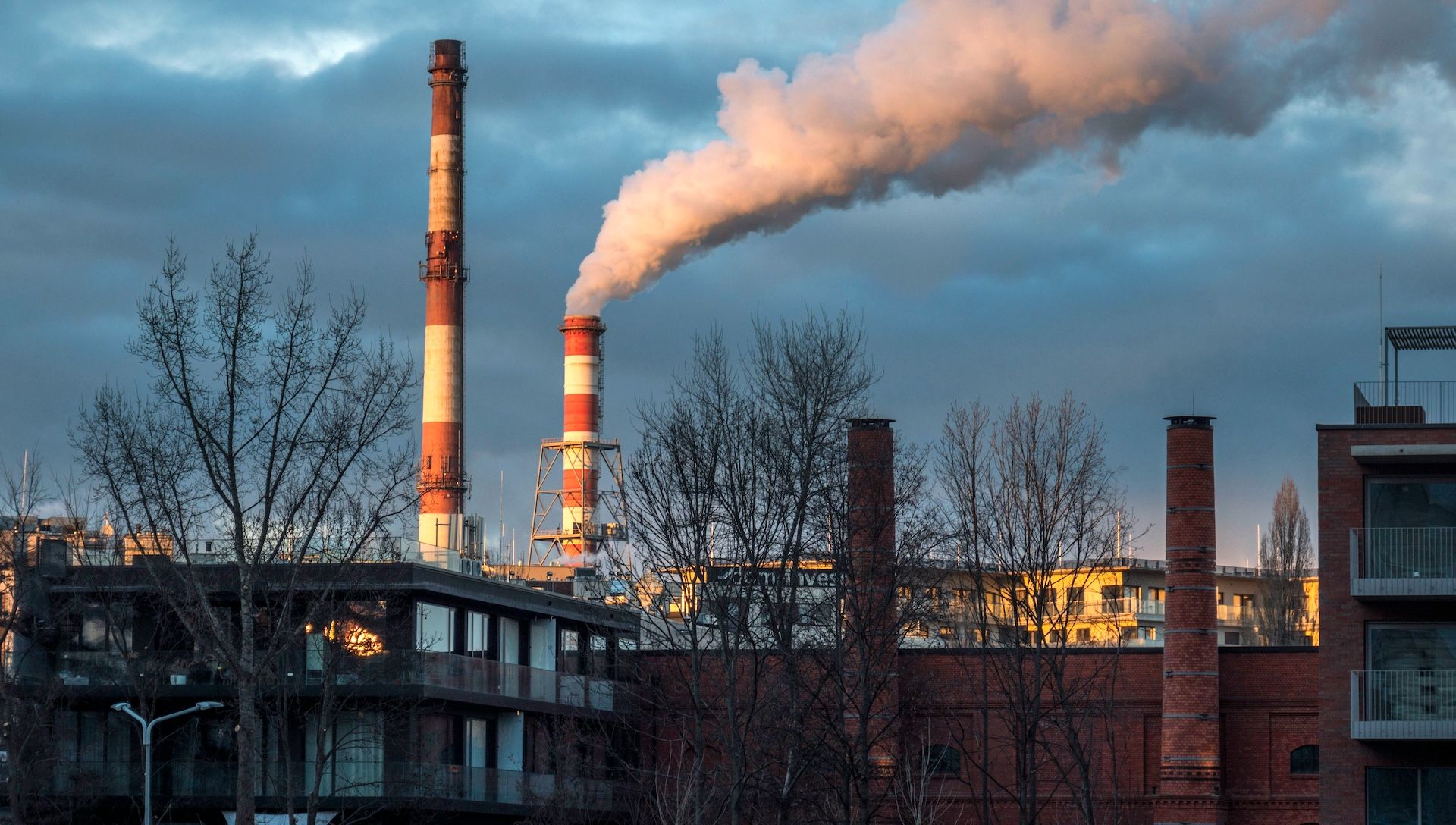Country Spotlight: China
Overview
China is the world’s largest greenhouse gas emitter, emitting an average of 13.5 billion tons CO₂e in each of the past five years. Its emissions are more than double that of the №2 emitter, the United States.
In September 2020, President Xi Jinping announced before the United Nations General Assembly that China would achieve a peak in carbon emissions before 2030 and reach carbon neutrality before 2060. China’s latest Five-Year Plan sets an 18% reduction target for CO2 intensity and 13.5% for energy intensity from 2021 to 2025. Most recently, earlier this month China pledged to stop financing the construction of coal plants abroad.
While President Xi’s announcement leaves China room to continue to increase emissions at the rate of 1–1.7% per year until 2025 and will require massive investment and structural changes over time across multiple sectors, China has already overachieved the intensity reduction targets of its previous two Five-Year Plans.
By the Numbers
Climate TRACE data ranks China as the world’s leading GHG emitter, responsible for just over 25% of global GHG emissions, excluding land use. China’s GHG emissions totaled 79.51 BT CO2e across the period 2015–2020. Those emissions come primarily from two sectors: power and manufacturing. Together they account for two-thirds of China’s emissions.
How it Compares
Climate TRACE finds that our estimates largely agree with China’s last reported country-level emissions, with only a 9% difference between the 2014 sector emissions reported in its Second Biennial Update to the UNFCCC and Climate TRACE data for 2015. It should be noted that Climate TRACE estimates include international aviation and shipping emissions, and the BUR reports an uncertainty of 5.2–5.3%, which may account for the difference. However, there are significant differences at the sectoral level. This may be due to differences in how sub-sectors are classified, or due to differences in methodologies used to estimate emissions.
In addition, since China is a non-Annex 1 country and is not required to report emissions at the granular, sub-sectoral level, Climate TRACE data can shed light on which subsectors could threaten China’s net-zero ambitions and provide insight on decarbonization pathways for the country.
Data Highlights
POWER
Climate TRACE data shows that China’s power-sector emissions rose ~15% across 2015–2020 and is the main contributor to China’s emissions. In fact, China’s power sector alone is the third largest emitter in the world.
Although coal’s share of China’s total energy consumption fell from 70% a decade ago to ~57% last year, coal’s absolute electricity generation grew 19% across the period 2016–2020. This is consistent with data from other sources, including a recent study from Ember showing that China generated more than half the world’s coal-fired electricity in 2020.
That said, record-level additions of renewable energy capacity to the country’s generation mix may be contributing to a slow down in the rate of emissions growth. Total power sector emissions in China rose from 3,920 MT CO2eq in 2015 to 4,259 MT CO2eq in 2020. However, electricity production increased from 5.5 million GWh in 2015, to 7.4 million GWh in 2020 (source: IEA). This resulted in a 18% reduction in emissions intensity (CO2/GWh produced).
MANUFACTURING
Over a third of China’s annual emissions come from the manufacturing industries like steel, cement, aluminum, and chemicals. China accounts for nearly half of the world’s manufacturing emissions. In fact, despite the impacts of the COVID-19 pandemic, emissions from manufacturing in China increased 3% (+136 MT CO2e) during the period 2019–2020. The rest of the world decreased by 2.8% (-147 MT CO2eq) over that same time. This may be due to the Chinese government’s COVID recovery stimulus that focused on heavy industries to boost production.
Of these, emissions from China’s steel industry have been steadily rising for the past five years and now contribute to over 10% of the country’s annual emissions, as shown by Climate TRACE data. Given that more than 50% of the steel sector continues to use blast operated furnaces and considering the slow but important gains made in the power sector, switching over to electric arc furnaces will be an important step in achieving reduction targets.
China is the dominant global aluminum producer, with 74% of global aluminum emissions coming from China, according to Climate TRACE data. Historically, manufacturing of aluminum was hydro powered, but in recent years, China has been using more coal to meet the increased demand. Accordingly, emissions have increased 16% since 2015, reaching an all-time high in 2020.
OIL & GAS
China remains one of the world’s largest emitters for the oil & gas sector. Though China only accounts for a small percentage of global production, it has substantial refining for crude oil imports. China ranks third globally for oil & gas production and refining combined, resulting in more than 1.5 billion tonnes CO2e emissions during the period 2015–2020.
Explore the data for yourself by visiting theClimate TRACE emissions inventory.


